The landscape of the Italian art market has always been a complex interweaving of culture, passion and, inevitably, legal discipline of the sector. For years, operators and insiders have reported a gradual contraction of the sector, often blamed on one of the most onerous tax burdens in Europe. Today, at last, a new and promising season is opening, marked by the introduction of a significantly reduced VAT rate. This change, expected and desired by many, is not only a regulatory simplification, but represents a real driver for the revitalization of the entire national arts sector.
To fully understand the scope of this innovation, it is essential to retrace the regulatory path that made it possible. Since VAT is a so-called “harmonized” tax, the normative basis of reference in the EU context is the VAT Directive 2006/112/EC, which already provided in Annex III a list of goods and services to which reduced VAT rates could be applied. This list has undergone changes over time, opening the way to new possibilities. The turning point was EU Directive 2022/542, dated April 5, 2022, which explicitly introduced-at No. 26 on the list-art objects in Annex III of Directive 2006/112/EC, among the types of goods and services eligible for reduced VAT rates. This Directive, which was scheduled to be implemented by member states as of January 1, 2025, aimed not only to be a benefit for the end consumer, but also to pursue specific public, social and cultural interest objectives. Despite the clear European direction, Italy has encountered difficulties in transposing these provisions in a timely manner.
While countries such as France and Germany have reduced their VAT rates-to 5 percent and 7 percent, respectively, for imports and supplies made by the author as of January 1, 2025-in Italy, VAT reform remained, for a time, a mere hope. And, in fact, the Delegated Law on Tax Reform (Law No. 111 of Aug. 8, 2023) had already delegated to the government the reduction of the VAT rate on the import of works of art and the extension of the reduced rate to all supplies of works of art, antiques or collectibles. However, the intermediate legislative proposals had not been implemented in practice. It was with Decree Law No. 95 of June 30, 2025 (so-called Omnibus Decree Law), published in Official Gazette No. 149, that the long-awaited reform materialized. Article 9 of the said Decree, in fact, introduced - effective July 1, 2025 - the 5 percent VAT rate for the generality of supplies of art, antiques or collectibles. The aim of the reform is to support the Italian art sector, coping with growing international competition and revitalizing an extremely important sector, with the intention of attracting artists, collectors and investors from all over the world.
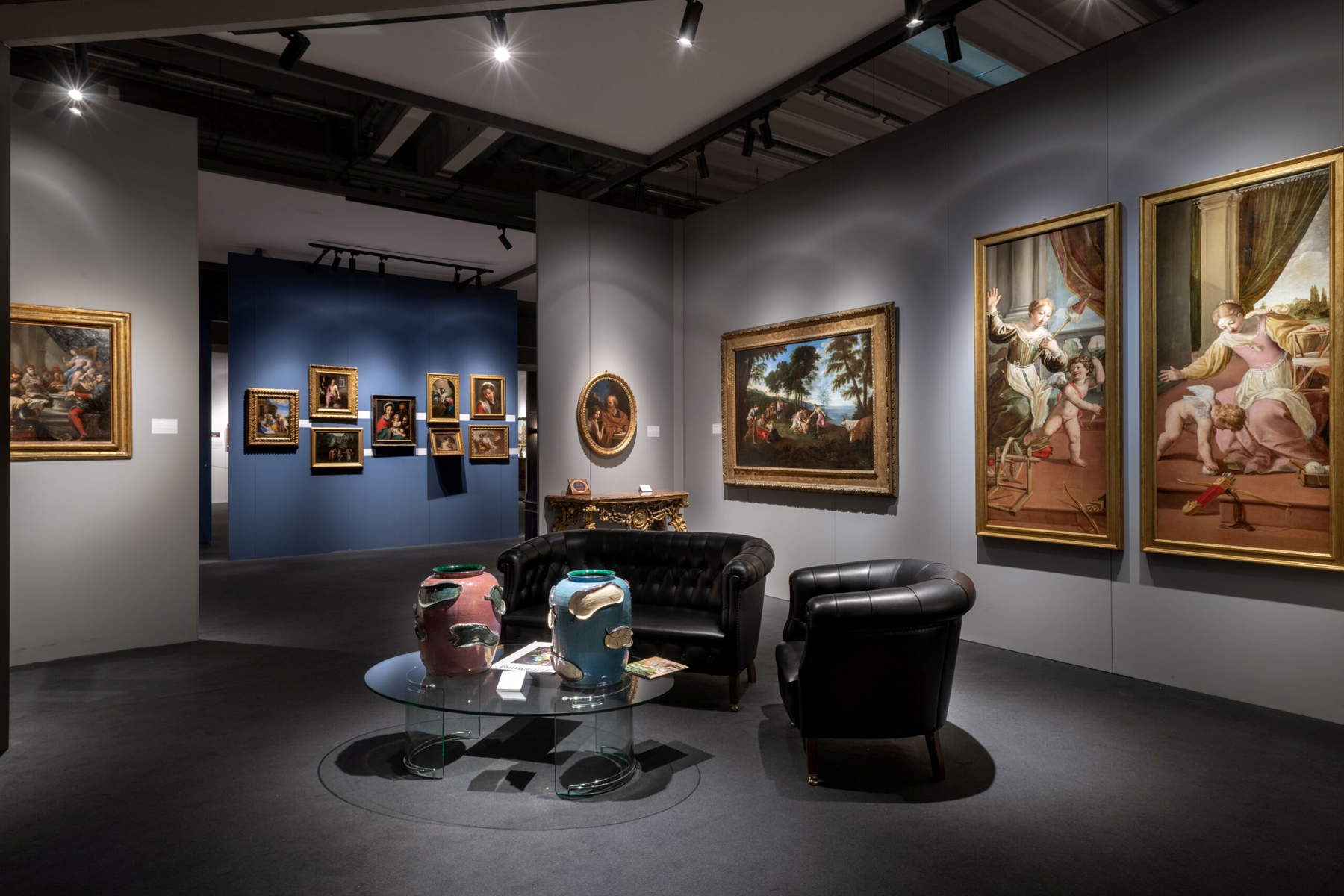
The most significant changes introduced by the Omnibus Decree Law are: i) the broadening of the subjective scope of the concession and ii) the drastic reduction of the rate. Previously, in fact, the reduced VAT rate of 10% was applicable only to imports and supplies made directly by the authors of the works, their heirs or legatees. Outside these facilitated cases, under the previous regulatory system, supplies of art objects were subject to the ordinary VAT rate of 22 percent. Therefore, supplies made by galleries and art dealers, operating on the “secondary market,” were subject to the ordinary rate of 22 percent. Undoubtedly, this difference placed Italy at a distinct disadvantage compared to other European countries.
Under the new provisions, the VAT rate drops from 22% or 10% to 5%. The preferential rate now applies to the generality of supplies of art, antiques or collectibles, due to the introduction of No. 1-novies) in Table A - Part II-bis attached to Presidential Decree No. 633/1972. This means that the relief is no longer limited to goods supplied by authors or their heirs, but extends to all supplies made by galleries and art dealers, as well as to imports.
With regard to the objective scope of application of the discipline, the definition of "objects of art, antiques or collectibles" continues to be bound to that contained in the Table, letters a), b) and c), annexed to Decree-Law No. 41/95, which implement, with some exceptions, those provided in Annex IX of Directive 2006/112/EC. In detail, the following are objects of art: paintings, drawings, and collages made entirely by hand by the artist (excluding technical and industrial drawings); original engravings, prints, and lithographs, produced in limited numbers from matrices worked by hand by the artist; original sculptures and castings in limited editions (maximum 8 copies), made or controlled by theartist; handmade tapestries and wall carpets from original designs, in a maximum of eight copies; unique ceramic works signed by the artist; numbered and signed enamels on copper (maximum 8 copies); photographs made, pulled, signed and numbered by the artist (maximum 30 copies). Collector’s items are: postage stamps, marks and the like, even if not obliterated, as long as they have no legal tender or are not intended to have legal tender; specimens and collections for collecting purposes in the fields of zoology, botany, mineralogy, anatomy, as well as of historical, archaeological, paleontological, ethnographic or numismatic interest. Residually, antiques are those items other than those listed above that are over 100 years old.
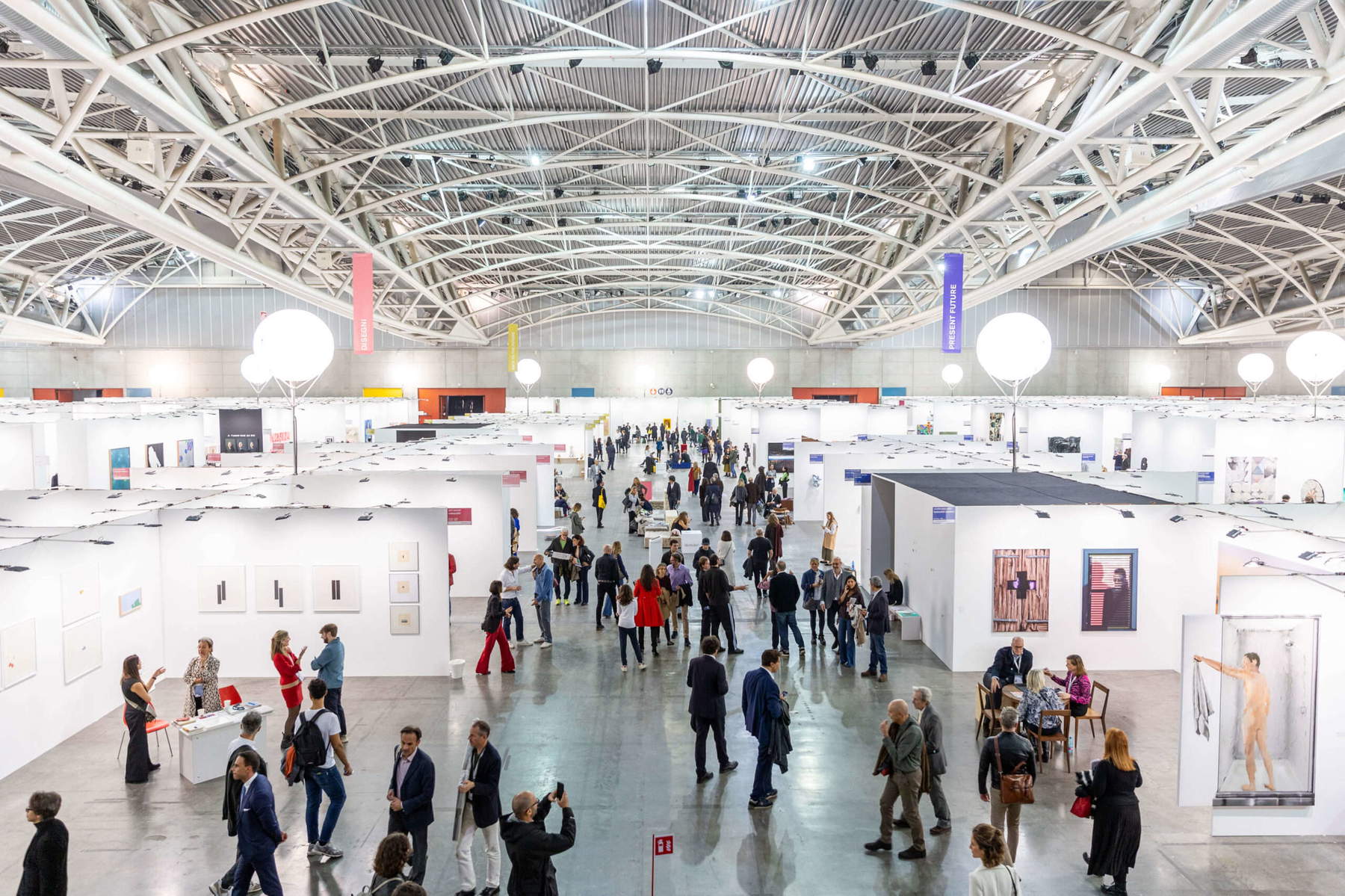
The application of the new 5 percent VAT rate is incompatible with the so-called “margin scheme.” This condition is explicitly stated in Table A, Part II-bis, No. 1-novies, in deference to Article 98-bis of Directive 2006/112/EC (introduced by Directive 2022/542/EU). As a reminder, the margin scheme is a special VAT regime, governed by Decree-Law No. 41/1995, which allows dealers in used goods, objets d’art, antiques or collectibles to determine the taxable amount not on the entire sale consideration, but on the difference between the sale price and the purchase cost (the “profit margin”). VAT, usually at 22 percent, is separated from this margin. This regime applies to the supply of objects imported or purchased by certain categories of persons (e.g., individuals, EU taxable persons under the exemption regime, authors, their heirs or legatees).
For resellers, such as galleries, the choice to adopt this scheme is optional, while for auction houses it applies compulsorily to commission sales made on the basis of a contract with a private person or, in any case, one who is not entitled to VAT deduction. The goal of the margin scheme, like the new 5 percent rate, is to prevent the burden of VAT from abnormally conditioning the market. In other words, the two measures are alternatives: a retailer can apply the margin scheme provided that he has not purchased or imported the goods using the 5 percent rate, and he can only supply with 5 percent VAT if he has not purchased using the margin scheme.
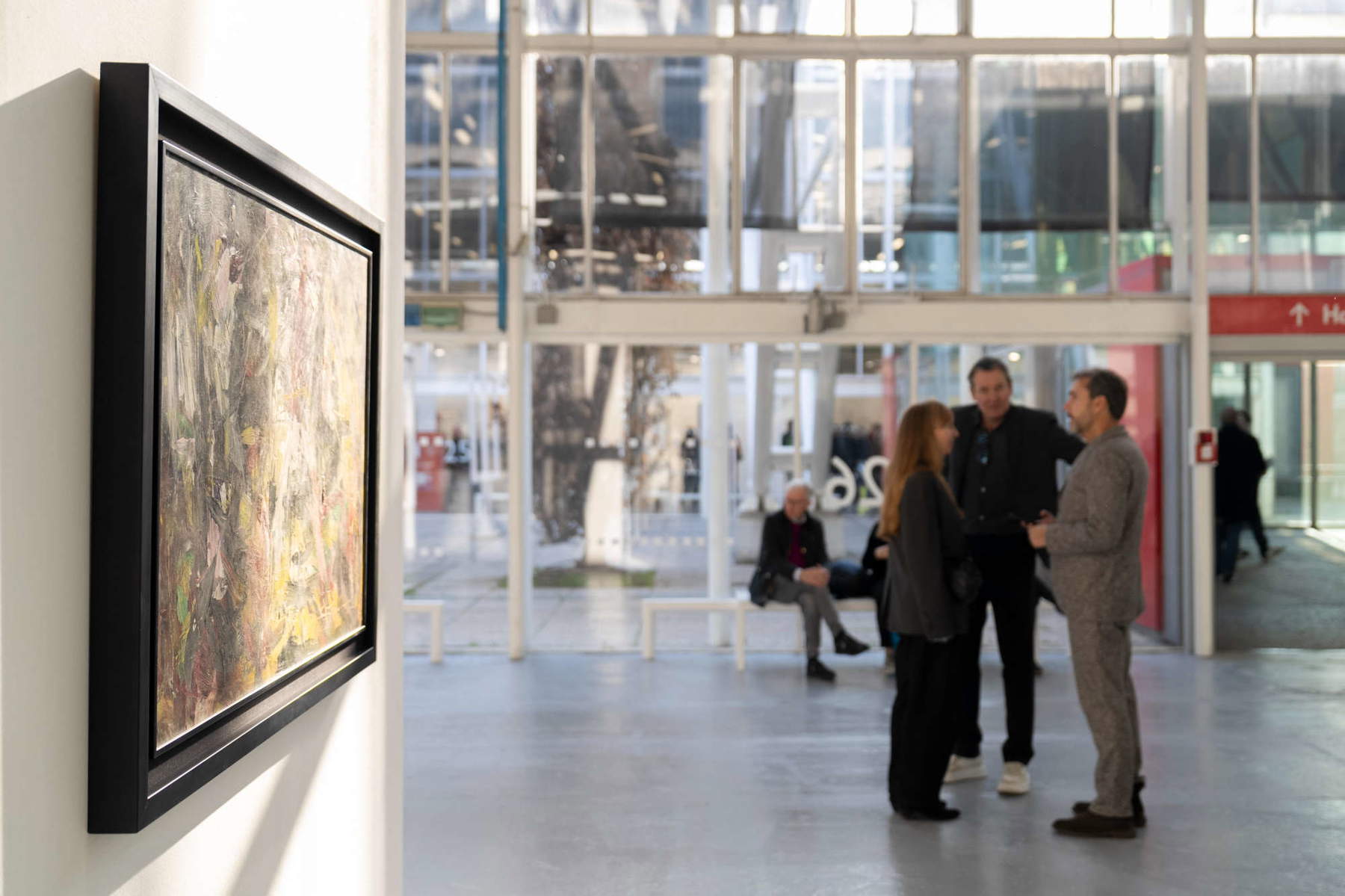
The VAT regime on imports of art, antiques and collectibles also undergoes an important change. Previously, the rate applicable to such transactions was 10 percent. With the Omnibus Decree-Law, the rate for imports changes to 5 percent. For imports, therefore, the reform does not change the subjective scope of the concessional measure: the previous provision already referred to the generality of imported goods.
The novelty consists, therefore, only in the reduction of the applicable rate. The application of the 5 percent rate for imports is made possible by Article 69(1) of Presidential Decree No. 633/1972, which extends the rates applied domestically to imports. Consequently, the introduction of the new No. 1-novies of Table A, Part II-bis, makes it possible to apply the preferential 5 percent VAT rate to imports of art objects as well. In addition, as a result of the reference made by Article 43, paragraph 5, of Decree-Law No. 331/1993, the new reduced rate will also be extended to all intra-Community purchases of objects of art, antiques or collections. This further extension helps to create a more homogeneous and favorable regulatory framework for the circulation of works of art within the European Union and in the Italian market.
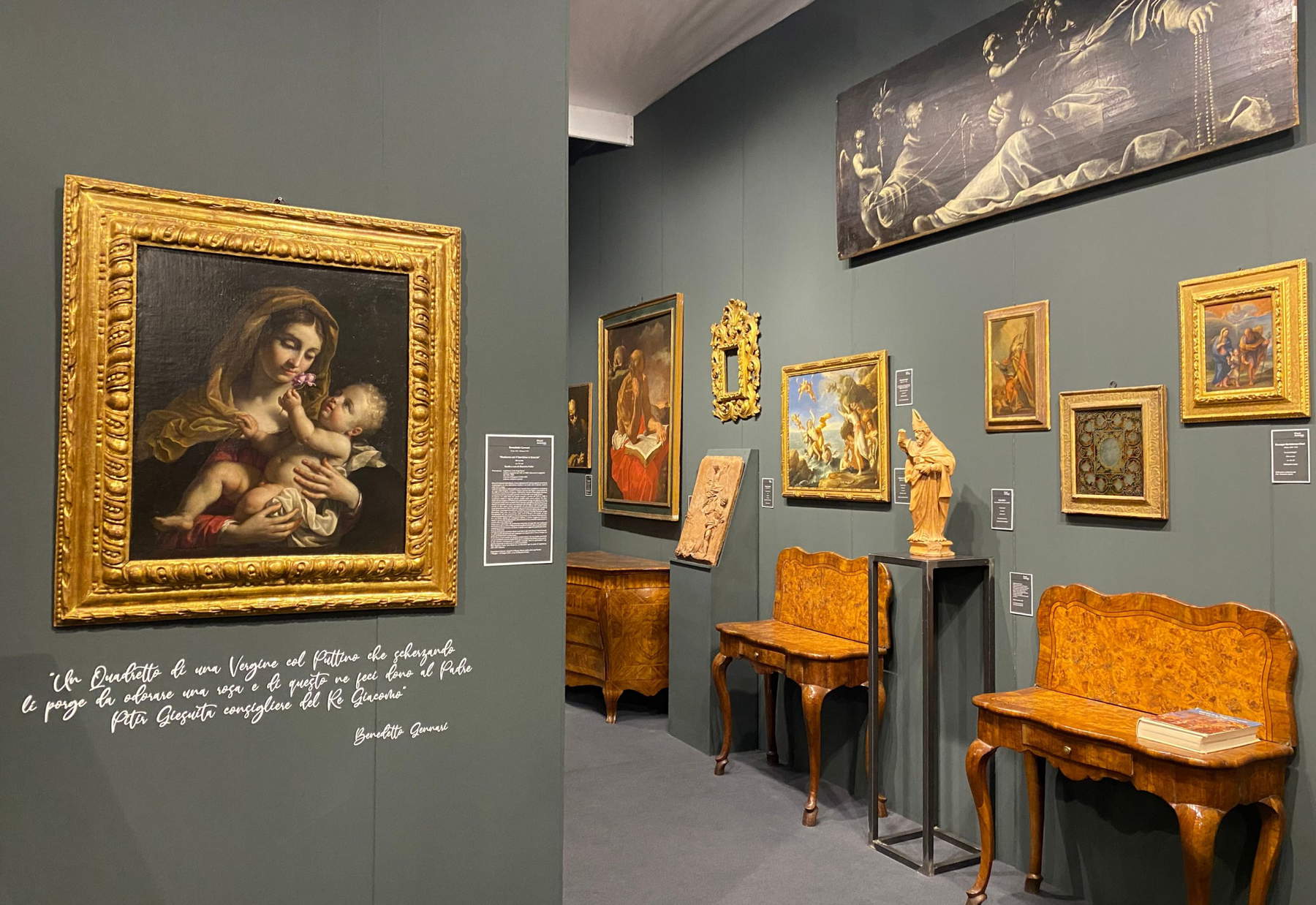
The intervention on VAT positions Italy in a new, and much more competitive, international perspective. With the 5% rate, in fact, Italy aligns with and, in some cases, surpasses the favorable taxation of other European countries, becoming the country with the lowest VAT rate in the old continent for the generality of art supplies. Currently, only Cyprus and Malta apply the 5 percent rate, but limited to imports. Other European countries have significantly higher rates: Spain at 21 percent, the Netherlands at 9 percent and Austria at 20 percent.
The reform of VAT applicable to works of art, therefore, is bound to make the Italian market much more attractive to end customers, who in the past often preferred to buy in other EU countries because of the lower overall tax cost. The expectation is a significant increase in sales, capable of attracting Italian and foreign artists, collectors and investors, generating more taxable income in Italy, which is expected to offset the loss of revenue from the reduction in the VAT rate. Nomisma estimates indicate that for small galleries this measure could mean up to 50 percent revenue growth, with an overall increase for the sector of 28 percent. Italian auction houses will also benefit from a reduced fiscal impact on sales commissions.
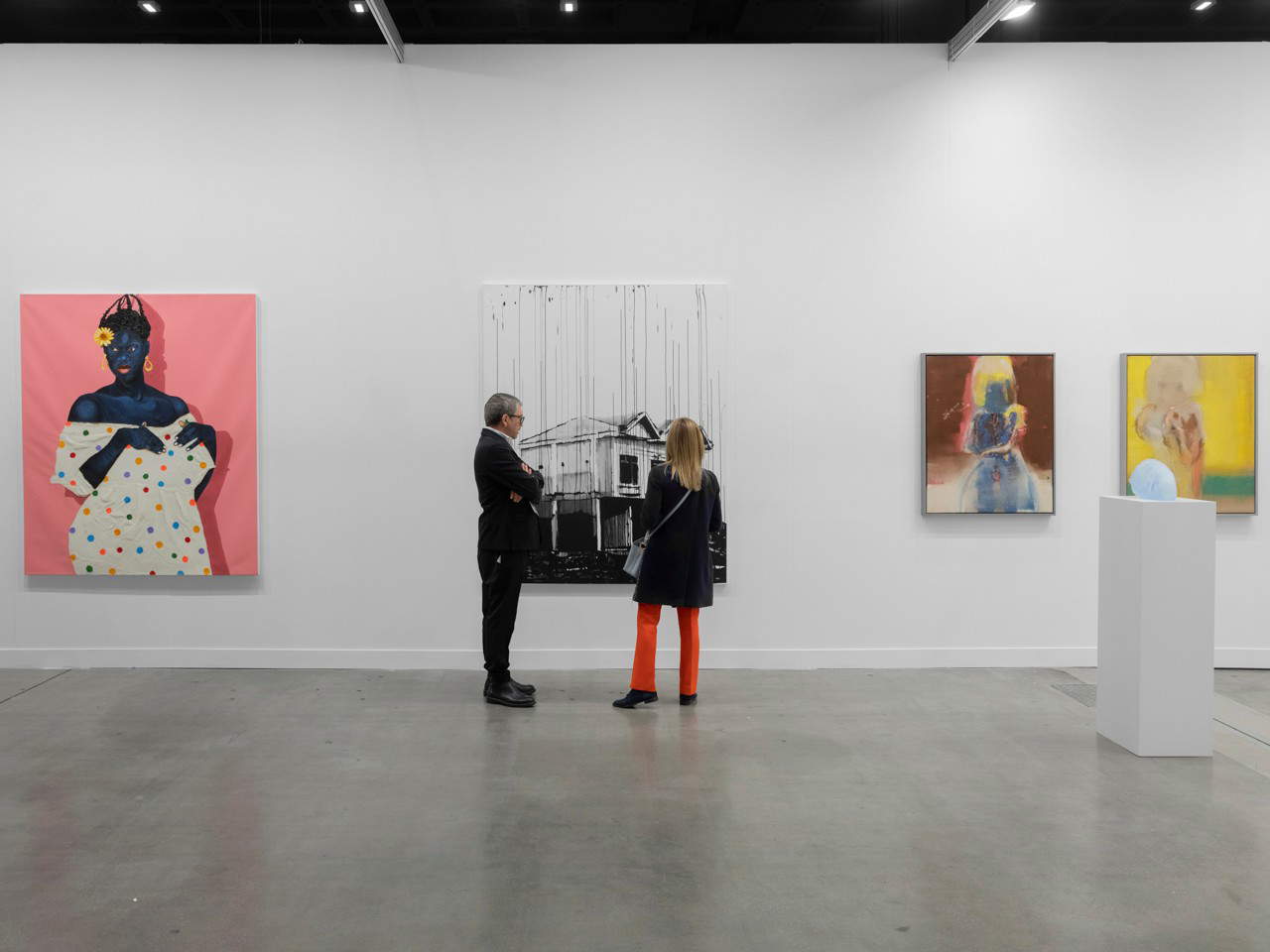
Despite the enthusiasm for the entry into force of the new discipline, the application path is not without challenges and questions that will require attention and, in some cases, official clarification.
The definition of “object of art” for VAT purposes, although taken from EU regulations, suffers from an anachronistic conception. Indeed, as reviewed above, the Table attached to Decree-Law No. 41/1995 assumes that art objects must have been made entirely by hand by the artist and reproduced in a limited number of copies. This interpretation, confirmed by the practice of the Internal Revenue Service (e.g., answer to interpello No. 303 of 2020 and Circular No. 24/E of 2010), excludes works made with techniques that include automatic processing (such as 3D prints) or with the contribution of third parties, limiting the artist’s role to design. But that’s not all.
Iconic works such as Andy Warhol’s silkscreens, Nam June Paik ’s multimedia sculptures , Bill Viola ’s interactive videos or Olafur Eliasson ’s immersive experiences would not meet the formal requirements of the legislation. Similarly, Ron Mueck’s hyper-realist compositions, Urs Fischer’s monumental waxes, or the blockchain-based digital works of artists such as Beeple would be excluded because of the absence of the requirement of “craftsmanship” or the difficulty of defining a “limited run” in the traditional sense. Or, again, the ephemeral architectures of Christo and Jeanne-Claude - conceived by the two artists, but physically made by teams of technicians - would be outside the perimeter of the facilitative rule. In the field of digital art, Rafael Lozano-Hemmer ’s interactive works or the immersive worlds created by Refik Anadol through artificial intelligence and machine learning algorithms cannot be considered “made entirely by hand,” but they represent art forms central to contemporary production. Finally, NFT(non-fungible tokens) works, such as those by Pak or XCOPY, do not fit into the taxonomy of L.D. No. 41/1995 at all: they are immaterial, digitally replicable, but cryptographically unique. However, they now represent an established segment of the contemporary art market, including in terms of economic value.
In other words, the current regulatory system, unable to recognize the plurality of contemporary languages-from generative art to augmented reality devices to NFTs and relational installations-demonstrates the need urgent need for an update of the tax concept of “art object,” in order to ensure consistent application of tax benefits even to works that, while not executed “by hand,” have a clear artistic and cultural relevance in the contemporary landscape.
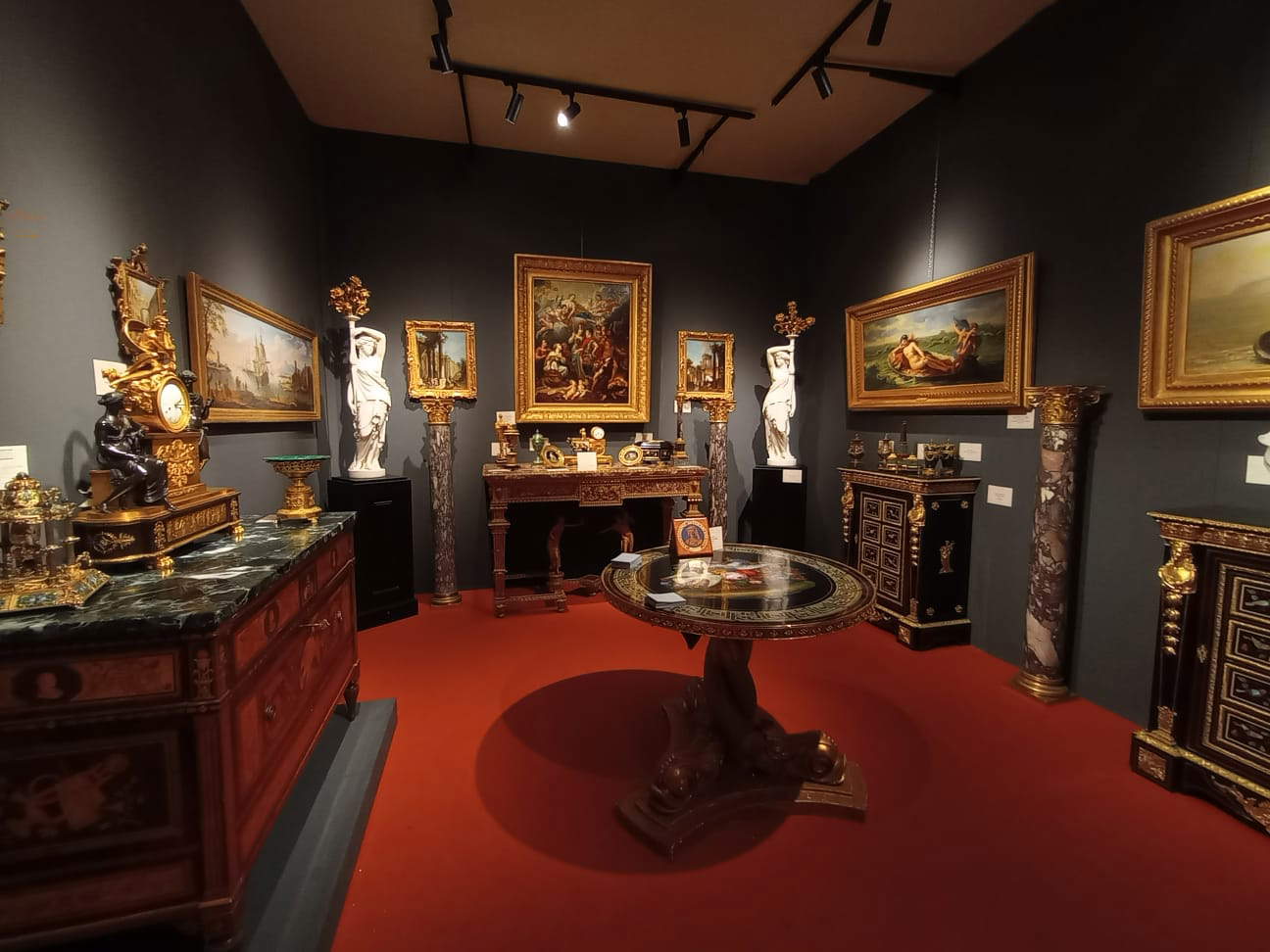
The introduction of the new 5 percent rate will lead traders to consider the convenience of disapplying the margin regime to avail themselves of the ordinary regime. However, switching between the regimes presents complexities, especially if implemented during the year.
If an operator has adopted the analytical margin scheme (which allows the margin to be calculated on a transaction-by-transaction basis), the switch to the ordinary VAT scheme (with reduced rate) is governed by Article 36, paragraph 3, of Decree Law No. 41/1995. The rule allows for the application of ordinary VAT on a per-single-supply basis, according to conclusive behavior, subject to the reporting requirement in the annual return (for 2025 transactions, by April 30, 2026).
Less immediate is the procedure for taxable persons who have availed themselves of the margin scheme under the global method. This method, generally applied for the supply of goods such as coins or other collectibles, cannot be disapplied on a transaction-by-transaction basis. Instead, it requires a prior switch to the analytical margin scheme, to be reported in the annual return. Only after this step, in fact, can the option for the ordinary VAT regime be exercised for each supply. For transactions in progress in 2025, switching from the global to the analytical regime would, however, require adjusting VAT settlements made in the first half of 2025, recalculating the taxable base and remitting any tax difference. The management and administrative complexity, coupled with the burden on the taxable person to identify purchases analytically, could make this transition uneconomical for 2025.
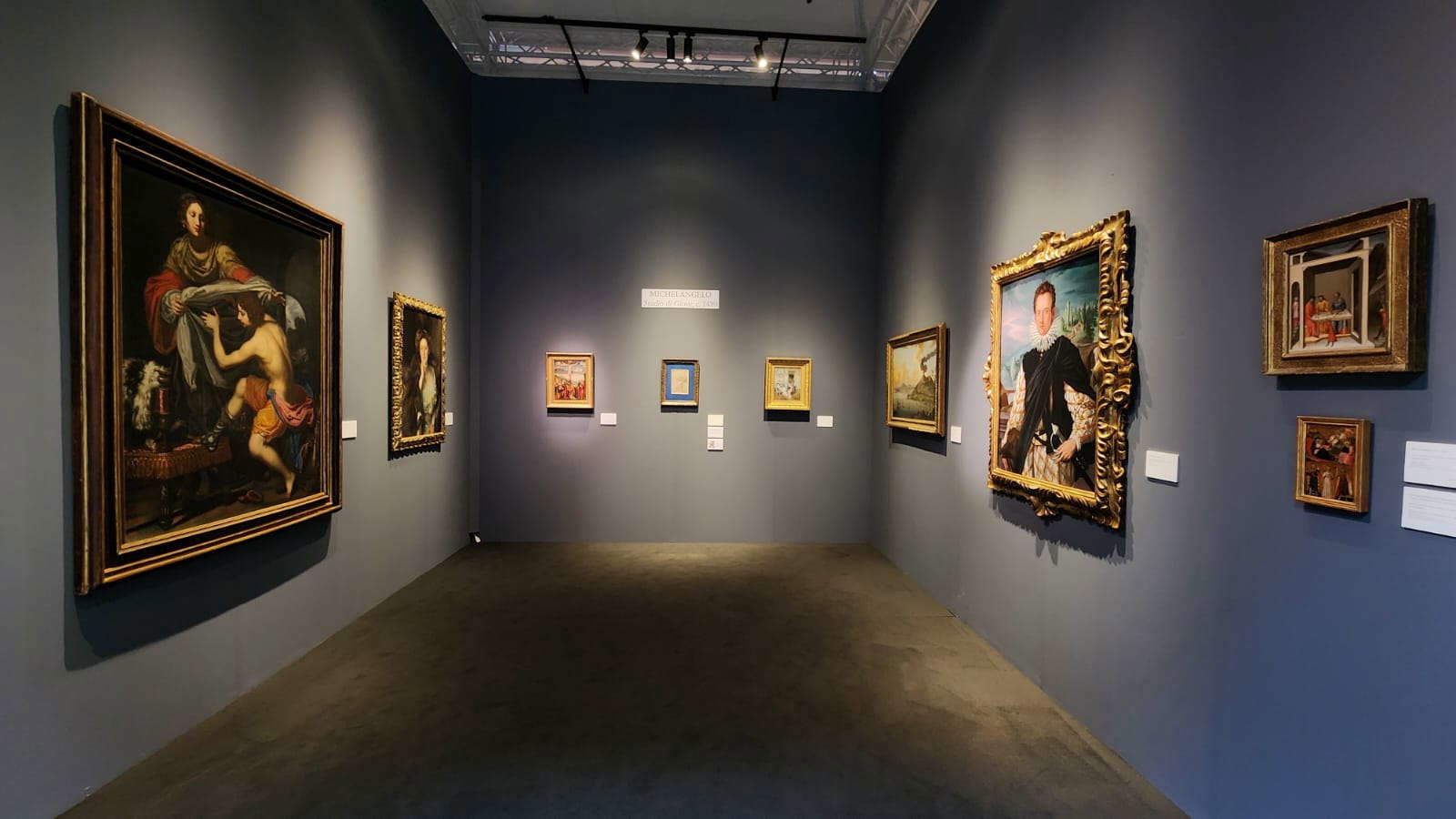
The complexities arising from the transition from the margin regime (particularly that applied under the global method) to the ordinary regime with a 5 percent rate make official clarifications desirable regarding how the option can be revoked during 2025.
In addition, difficulties have been encountered in the past in identifying the actual “author” of the work of art for the purpose of applying the reduced rate (e.g., supplies of photographs). In this regard, an interesting case was the subject of the European Court of Justice’s Advocate General’s Conclusions in Case C-433/24 regarding the application of the margin scheme when the reseller purchases the work not directly from the author, but from a legal person constituted by the author (e.g., sale made by a company of which the author appears to be a shareholder). According to the Advocate General’s Conclusions of June 12, 2025, a sale by a legal person may be considered to be made by the author if the author has sufficient decision-making power over the sale and if the proceeds of the sale, or a substantial part thereof, fall - directly or indirectly - within the author’s assets.
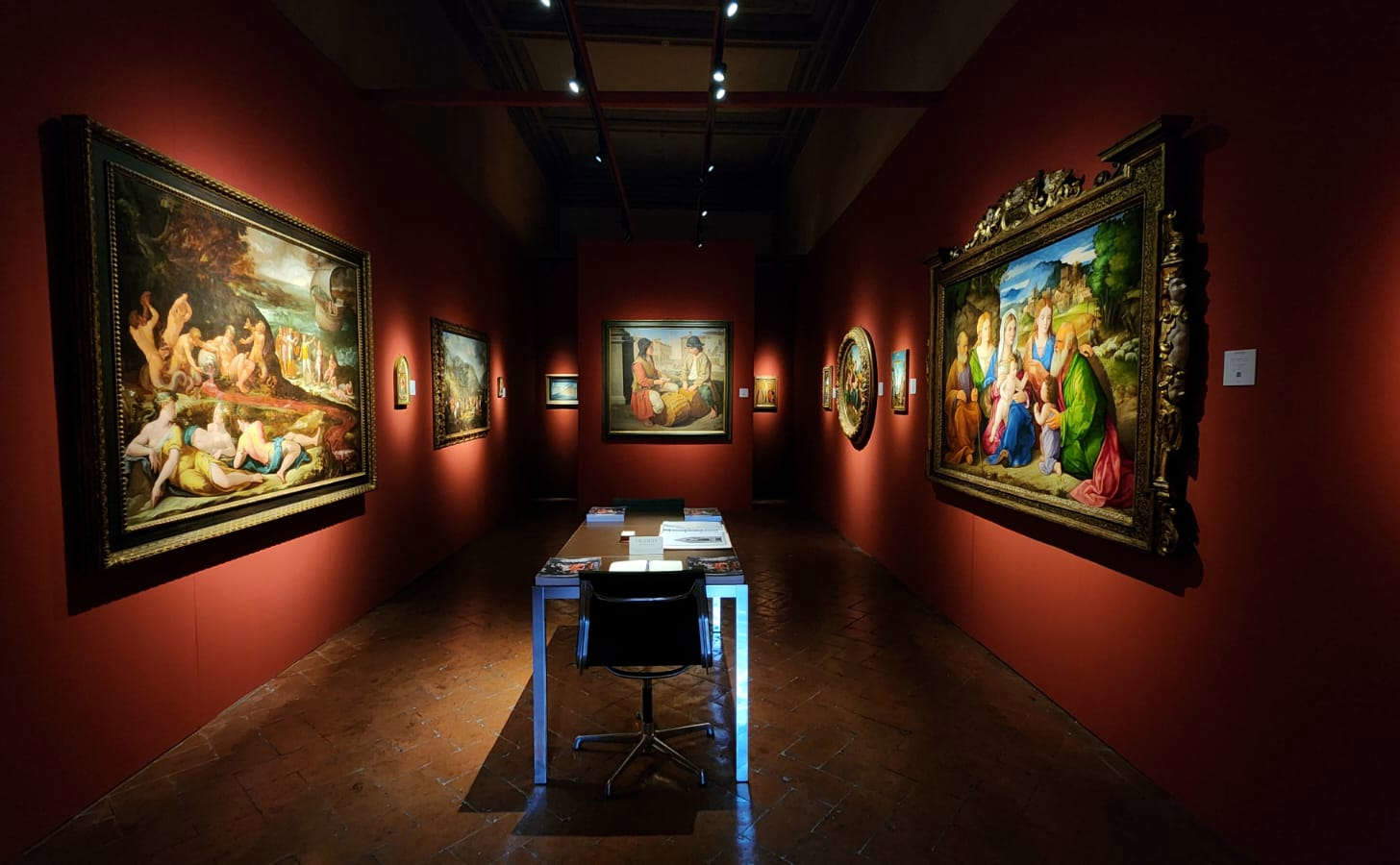
The reduction of the VAT rate to 5 percent for supplies and imports of works of art is a concrete step toward recognizing the economic and cultural value that the art sector generates and asignificant opening to the international market. For gallery owners and art dealers, the new rate introduces an opportunity for choice and increased competitiveness. Each gallery will now be able to evaluate the most convenient tax regime between applying the margin scheme (at 22 percent on the margin) or VAT at 5 percent on the entire consideration. This will, undoubtedly, make the Italian market more attractive to end customers, who will now find purchases in Italy more convenient than in the past.
For art advisors, in-depth knowledge and constant updating on tax news will become essential to guide collectors and investors in their choices, maximizing tax benefits and operating in a more favorable regulatory framework. It would also be crucial to promote a culture of transaction transparency , which some experts say should accompany this measure to encourage the emergence of the underground in the art market.

The measure, while timely, would deserve to be included in an organic art market reform design. The persistence of anachronistic definitions of “art object,” unable to include new forms of expression and contemporary artistic languages, remains a critical issue. Similarly, uncertainty about the tax treatment - for direct tax purposes - of capital gains from the sale of works of art continues to generate litigation and to disincentivize the circulation of works, pushing operators and collectors toward foreign markets with clearer rules (or, on the contrary, lacking any discipline in the sector).
It is, therefore, highly desirable that the government, in the exercise of the tax delegation, seize the opportunity for a more organic and structured intervention, which should include: the updating of the regulatory definitions currently in force, to also include the specificities of contemporary art; and the timely definition of the prerequisites for the taxation of disposals, for the purposes of direct taxes, reducing the interpretative uncertainty on the point and, consequently, the nomofilactic arrests of the Supreme Court.
Only an integrated approach, combining regulatory simplification, tax certainty and cultural openness, can make Italy a truly competitive and exciting hub in the global art market landscape. The road has been taken, but the path to a fully transparent, dynamic and attractive art market requires further decisive and coordinated steps.
Warning: the translation into English of the original Italian article was created using automatic tools. We undertake to review all articles, but we do not guarantee the total absence of inaccuracies in the translation due to the program. You can find the original by clicking on the ITA button. If you find any mistake,please contact us.